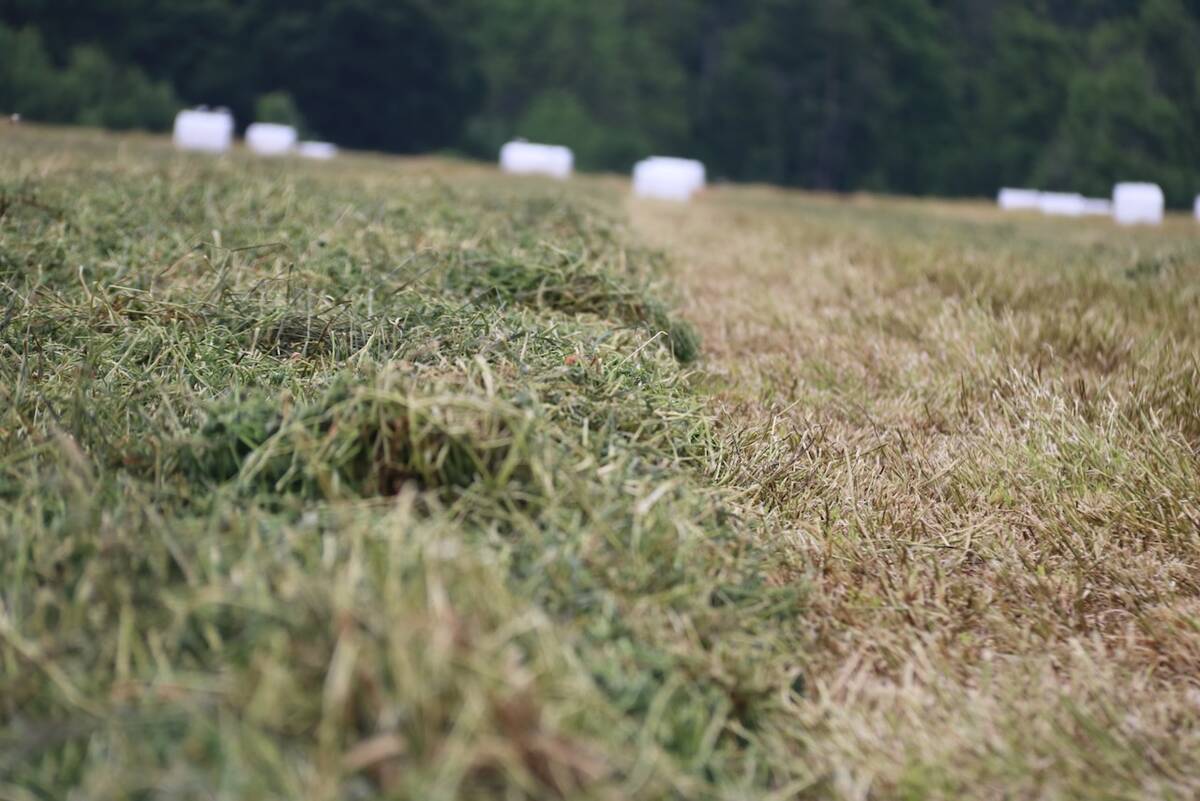With harvest wrapped up and grain in the bin, managing insect problems is crucial to keeping the grain in good condition. Using aeration to cool the grain is the key to preventing insect problems, says a researcher.
“If you can get it below 20 degrees, you won’t have any problem with insects,” says Dr. Noel White, research scientist with Agriculture and Agri-Food Canada.
White says farmers need to remember to use aeration to warm the grain back up the following summer to 15 or 20 C. Major temperature differences will cause condensation.
Read Also

New high-performance forage training program to launch in 2026
A new Canadian Forage and Grasslands Asssociation high-performance forage program will be a resource for farmers, agronomists and others in the forage sector.
Sieving grain samples gives a good indication of insect populations, White says. Plastic traps are a more sensitive way of detecting insects. The traps are affordable, and White says usually only one is needed per bin.
“You’d put it right in the top centre of the bin for a week or so… If there are any insects in there, it’ll give you an idea.”
Dealing with bugsin the bin
Farmers with bugs in the bin have several control options.
An Alberta Agriculture and Rural Development factsheet recommends moving grain during the winter. Moving grain when it’s -20 C or colder will cool and dry the grain and shrink insect populations.
Grain vacs can also remove insects if they’re used correctly. But though high flow rates move grain more quickly, they don’t kill insects.
“The ones you see commercially, they have a tremendous rate of flow. And that sort of packs the grain in tight. The insects are pretty well safe,” says White.
“The ones we tested were fairly low flow — about five tons an hour — and because of that the grain goes through sort of like pellets. It just pounds everything in there and tends to kill the insects.”
Some farmers bend the suction hoses, and White says that would probably help as well.
Farmers can also add diatomaceous earth while filling the bin as long as the grain is dry.
“It works pretty good for rusty grain beetle. It’s not terribly effective for red flour beetle,” says White.
Fumigation is another option. Farmers using carbon dioxide need to start with an air-tight bin. White says farmers can modify a hopper bin by adding gaskets and sliding plates at the top and bottom to hold in the gas.
“We put a box outside the granary which we filled with dry ice. And we put a recirculating system on — a little fan and PVC piping so you can get the CO2 circulating into the grain. And we also put on a little relief valve just in case there is some pressure build-up because as the dry ice sublimates into a gas, there is a little of a pressure build-up.”
Carbon dioxide fumigation isn’t a fast process.
“At about 25 degrees in a big bin, we killed all of the insects in about 15 days.”
Aluminum phosphide kills insects faster, but only licensed pesticide applicators can buy or apply it.
White and his colleagues are studying storing canola in silo bags right now. If the canola is dry, the bags work for temporary storage. But White doesn’t know if insect populations build up in the bags.
“You can’t really monitor anything going on inside because they’re sealed up. Some people have used them with considerable success. We don’t recommend they be used for more than four or five months. If you go into the next summer, you often get a lot of spoilage.” †















